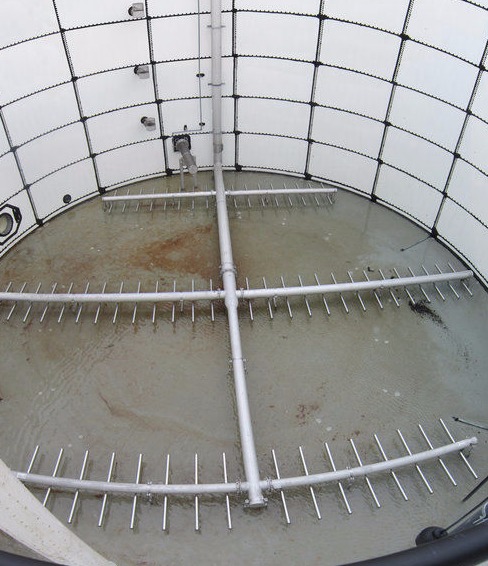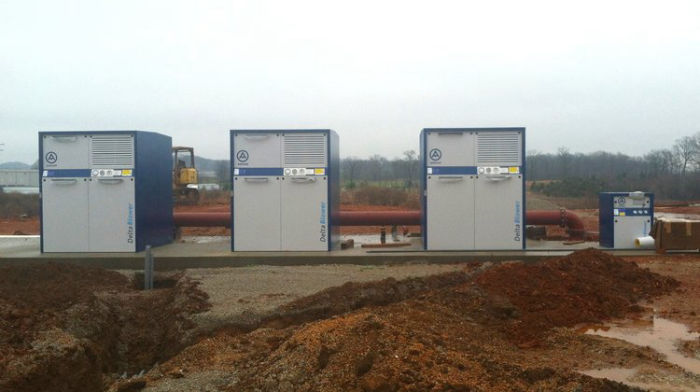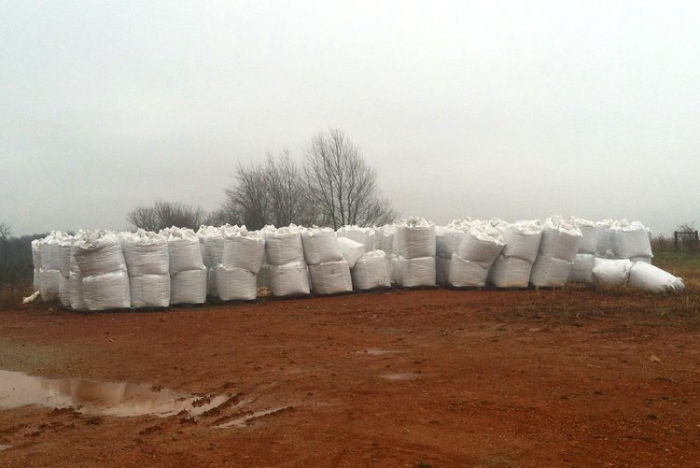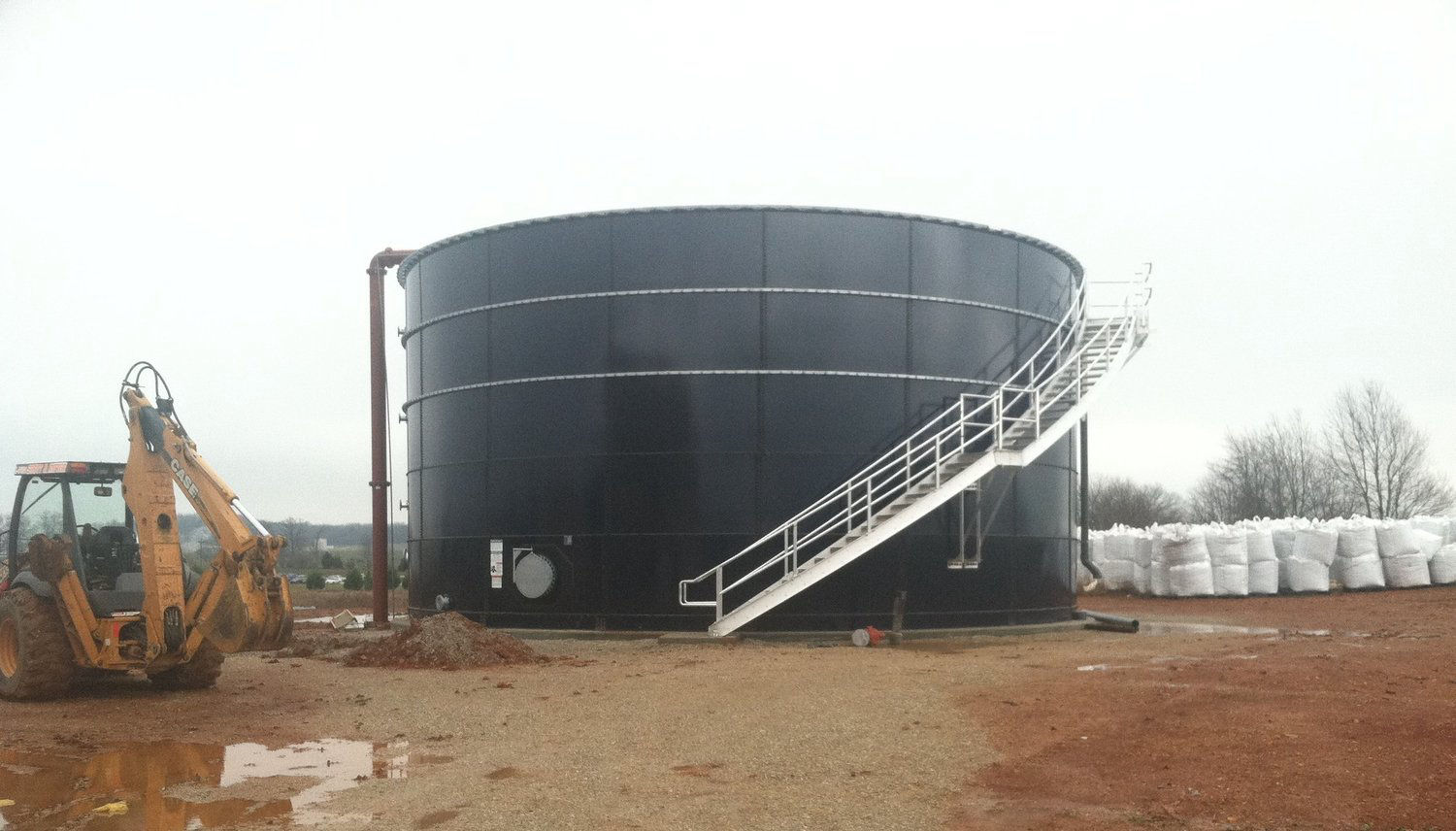The primary objective for the pretreatment facility in Horse Cave was to reduce the biological oxygen demand (BOD) in wastewater directly after the plant’s existing dissolved air flotation (DAF) system.
The existing system in Horse Cave was initialluy designed to meet a 24 hour BOD concentration of 350 mg/L. So when the city imposed a 300 mg/L (5-day average) limit on the industrial flow to the municipal plant, the Hart County Industrial Authority and Scott and Ritter Construction, Inc, explored various pretreatment options before ultimately choosing the BioPorts™ Moving Bed Biofilm Reactor (MBBR).
The BioPorts™ MBBR was chosen for its flexibility as a stand-alone process or as part of a larger process, as well as its ability to reduce BOD, Total Suspended Solids (TSS) and Fats, Oils and Gases (FOG) on a small footprint.
As a pretreatment process, the MBBR in Horse Cave is dedicated exclusively to treat the wastewater from the salad dressing manufacturer, and therefore is used for food waste only. Average daily flow ranges from 0.160-0.200 MGD.
To accomplish the required amount of treatment, Nexom supplied the wastewater treatment plant (WWTP) with 6,684 ft3 of BioPortz media, which is the equivelent to 1,196,436 ft2 of total surface area, at a protected surface area to volume ratio of 179 ft2/ft3. The media was constructed of virgin high-density polyethylene (HDPE) with carbon black added for additional UV protection, and containing a specific gravity of 0.96. This would provide for a 47% fill at Minimum Operating conditions (specifications require no more than 50% fill at this operating volume).






Floating Social Menu and Ribbons
Click the "gear" icon to change the layout of the social bar. This text will be removed on preview/publish.